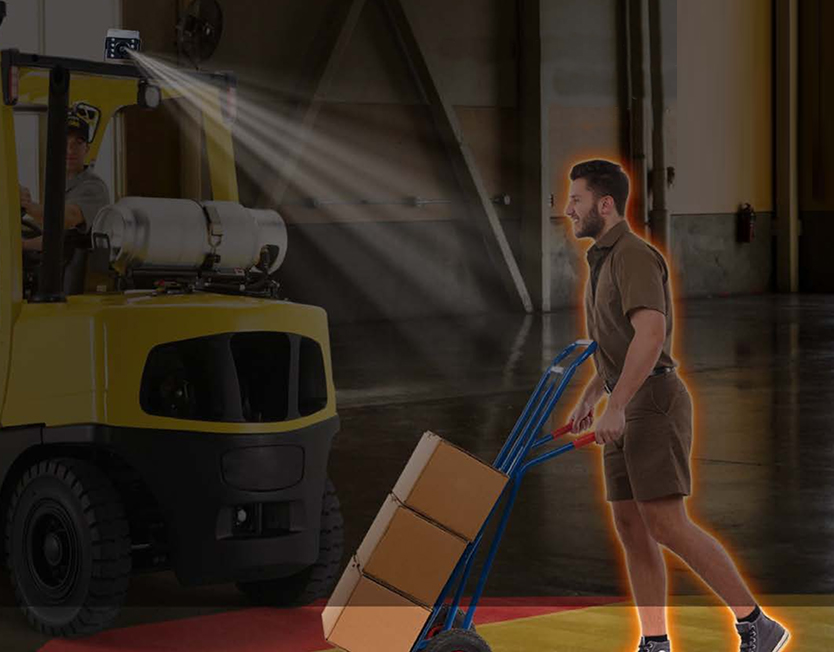Camera safety systems
FOR INDUSTRIAL MACHINERY
Industrial camera systems, also known as machine vision systems, are specialized camera systems used for a variety of industrial applications, including inspection, measurement, quality control, and automation. These systems capture, store, and archive image data, allowing software to make decisions based on the image information, improving manufacturing quality and performance.

Forklift camera systems use AI-powered cameras mounted on forklifts and other material handling equipment (MHE) to continuously monitor both the operator and surrounding area. Unlike traditional telematics or G-force sensors, these advanced systems detect safety events like impacts, harsh braking, phone use, and product damage in real-time—without the need for dedicated personnel—and automatically alert operations leadership to improve visibility, operator coaching, and safety investigations.
Application:
- Inspection: Identifying defects, cracks, or other anomalies on products.
- Measurement: Determining dimensions, distances, or other physical characteristics.
- Quality Control: Ensuring products meet specific standards and specifications.
- Automation: Guiding robotic arms or other automated equipment.
Key Components:
- Industrial Cameras: These are robust, reliable cameras designed for harsh industrial environments.
- Lenses: Various lenses are used to capture images at different resolutions and magnifications.
- Lighting: Proper lighting is essential for capturing high-quality images.
- Image Processing Software: Software analyzes the captured images to extract data and make decisions.
- Interfacing: Industrial cameras communicate with computers and other devices via various interfaces, such as GigE, Camera Link, and USB.
Benefits:
- Improved Quality: By automating inspection and quality control, these systems help ensure products meet high standards.
- Increased Efficiency: Automated processes can significantly reduce production time and labor costs.
- Reduced Errors: Human error is minimized through automated inspection and measurement.
- Enhanced Productivity: By improving quality and efficiency, these systems can boost overall productivity.
Types of Industrial Cameras:
- Area Scan Cameras: Capture a full image at once.
- Line Scan Cameras: Capture a single line of an image at a time.
- Monochrome Cameras: Capture images in black and white.
- Color Cameras: Capture images in color.
Factors to Consider When Choosing an Industrial Camera:
- Resolution: The number of pixels in the image.
- Frame Rate: The number of images captured per second.
- Sensor Type: CMOS or CCD.
- Interface: GigE, Camera Link, USB.
- Lens Mount: C-mount, etc.
- Environment: Consider the harshness of the industrial environment.
